
The best types of Moss for Terrarium. How to Choose, Grow and Care
Read more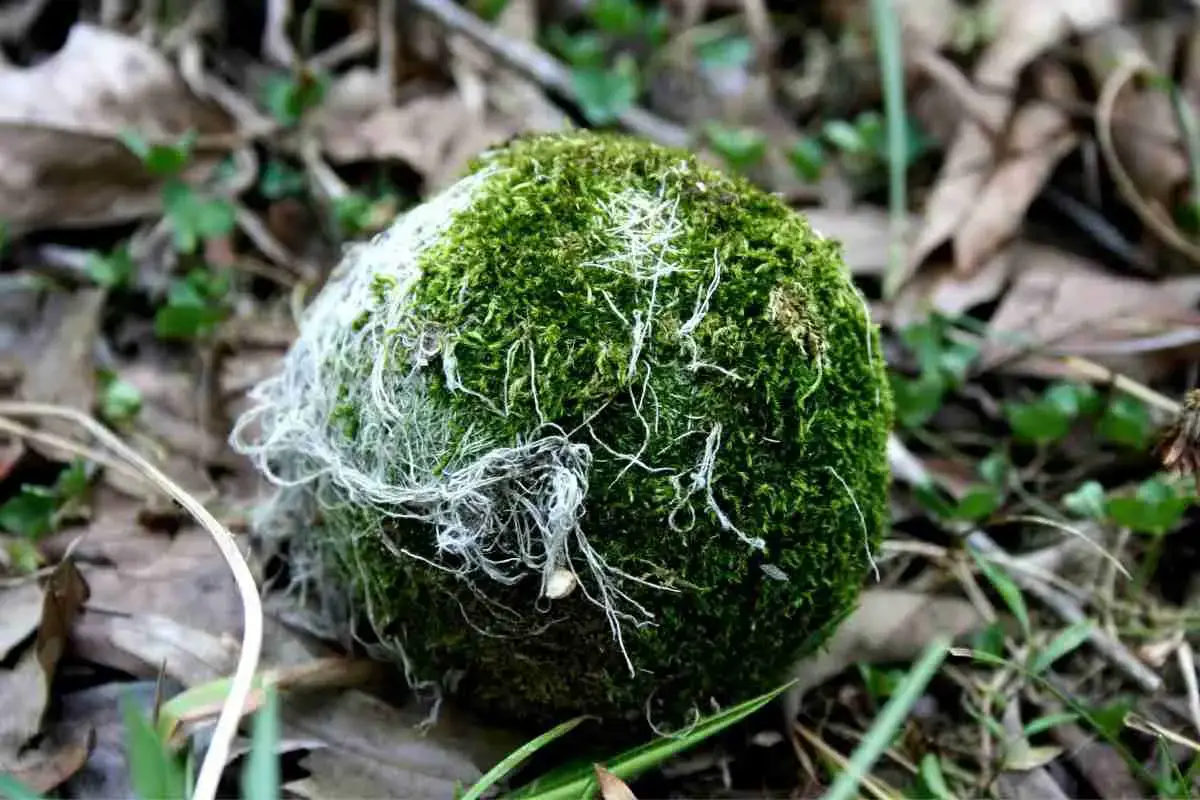
Are Moss Balls Alive? Everything You Need To Know!
Read more
5 Simple Tips To Remove Moss From Block Paving
Read more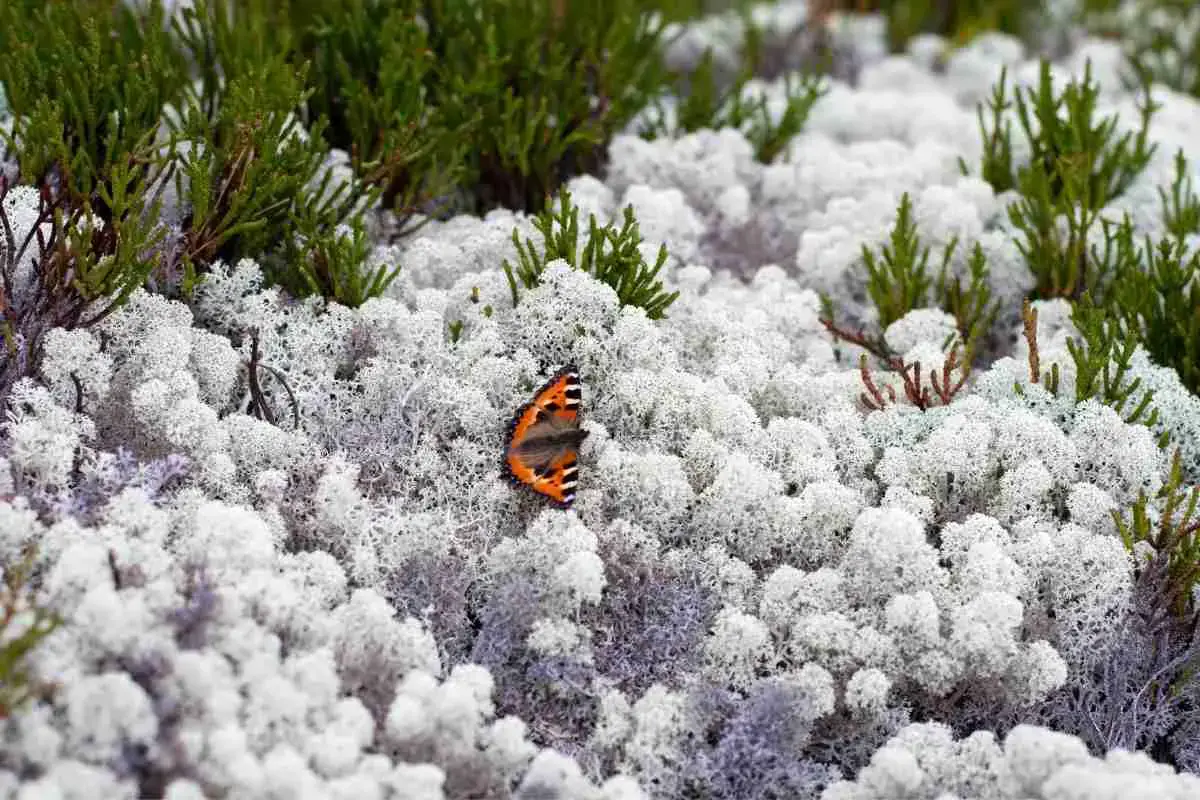
22 Different Types of Lichens (Detailed Guide)
Read more
Does Algae Need Sunlight? The Surprising Truth!
Read more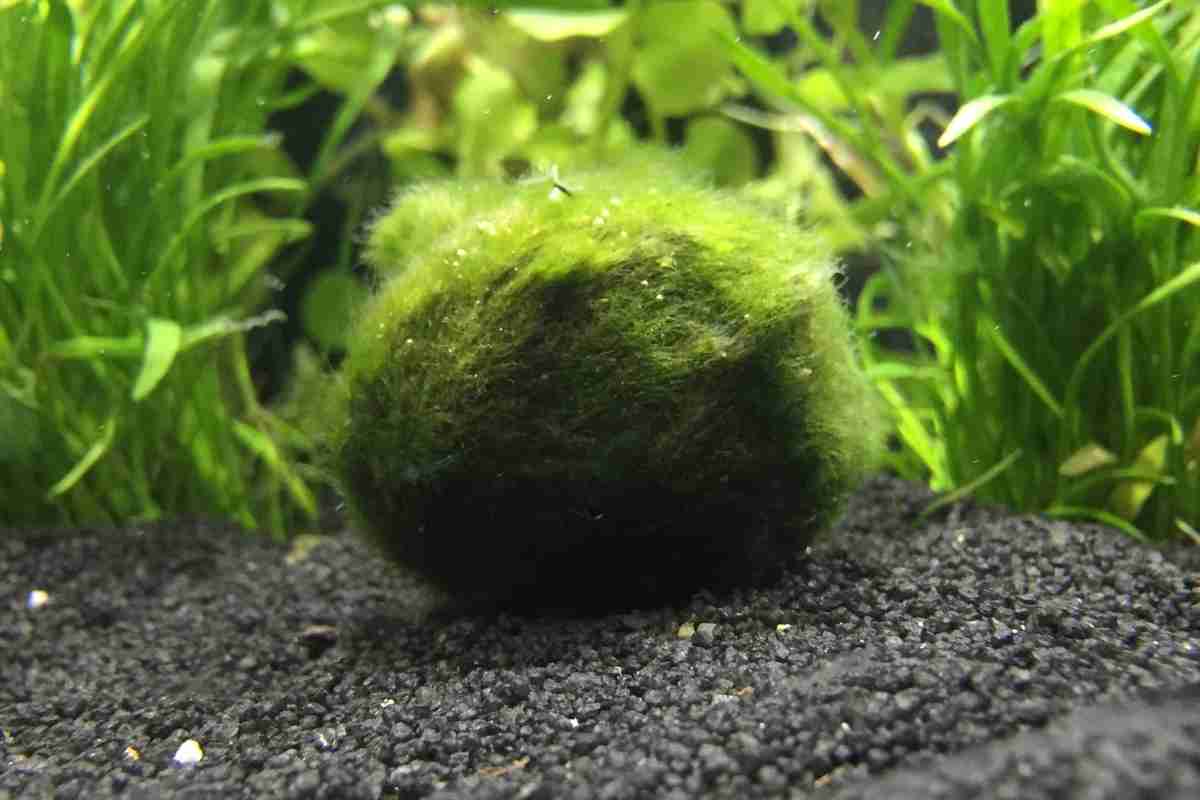
Marimo Moss Balls: Are They Safe?
Read more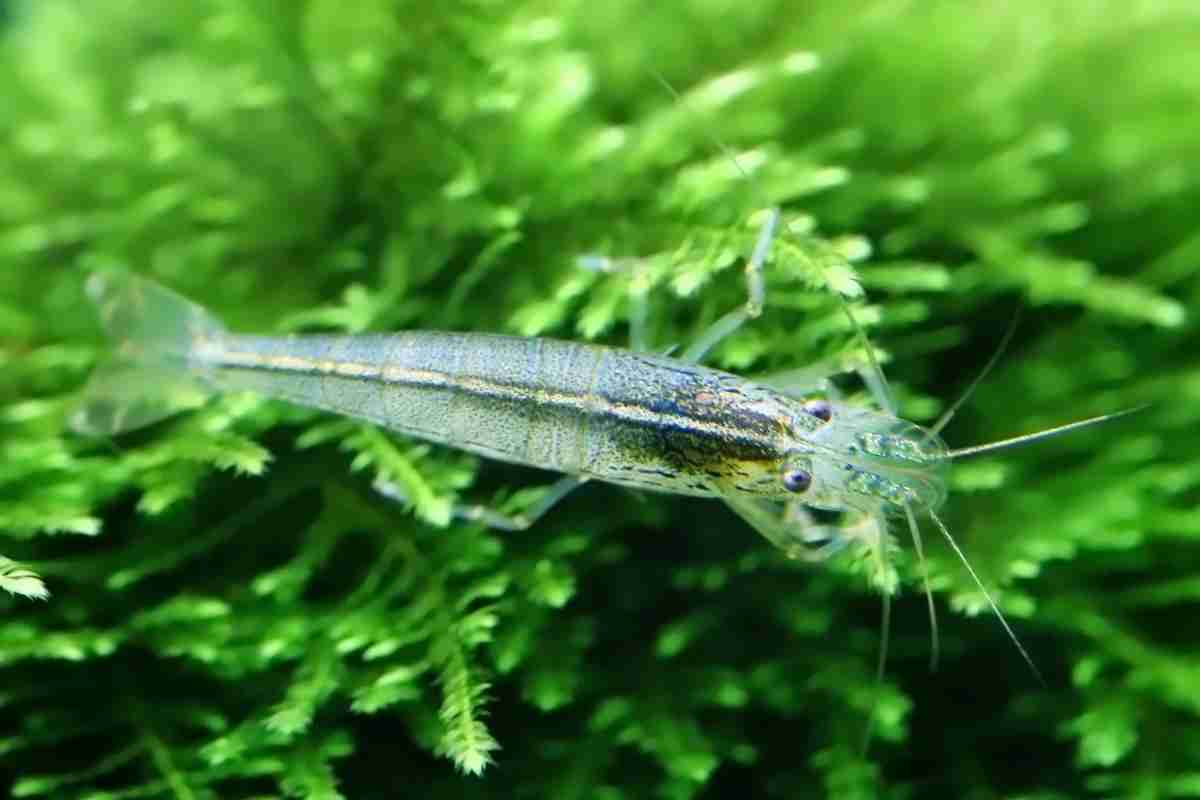
Can Java Moss Grow (Emersed) Out Of Water?
Read more
Does Moss Need Soil? Detailed Guide
Read more
What Is A Moss Pole? And Why Are They Used?
Read more
What Is The Best Time Of Year To Remove Moss From Roof?
Read more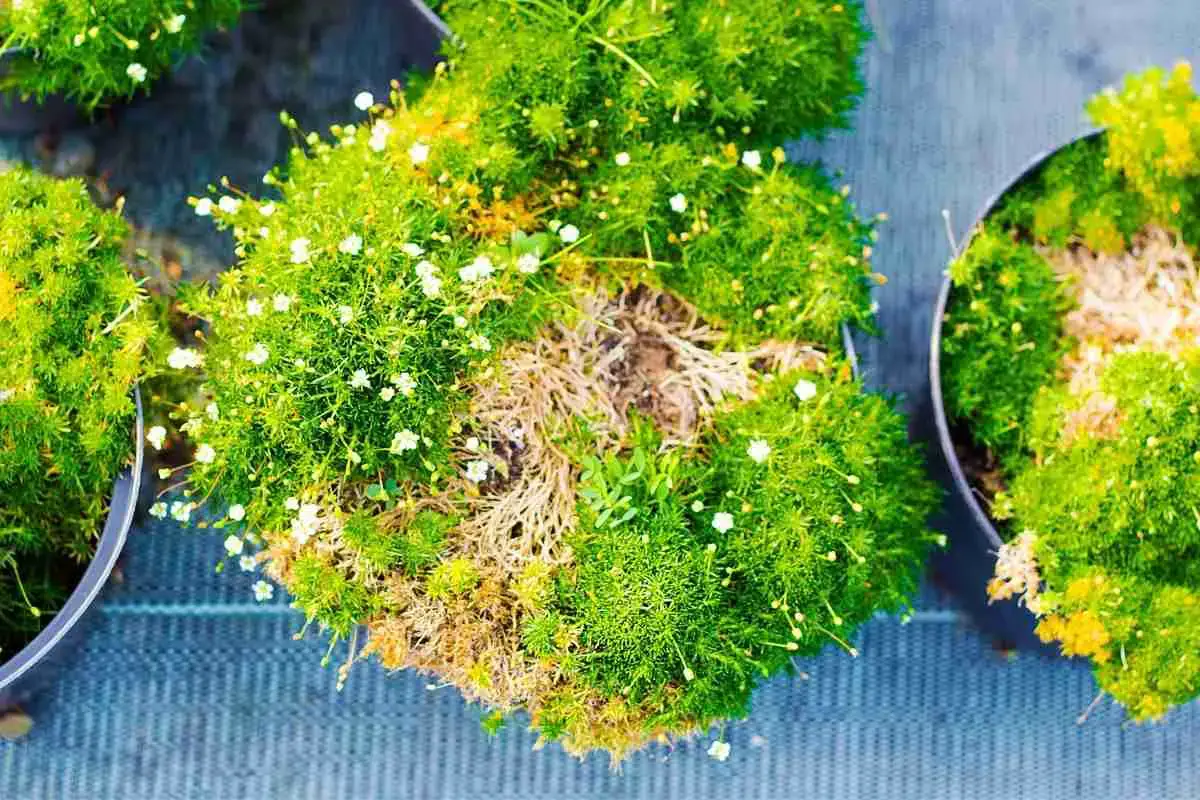
Scotch Moss or Irish Moss: Unveiling the Key Differences You Need to Know!
Read more